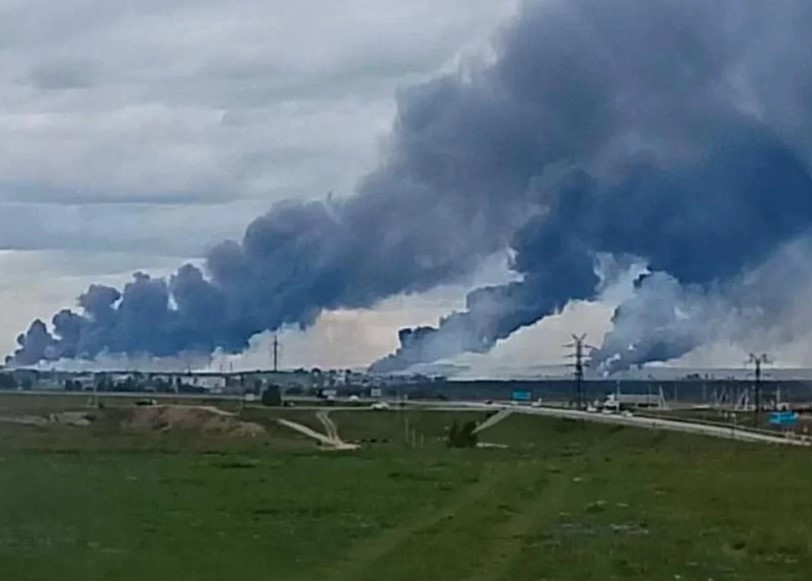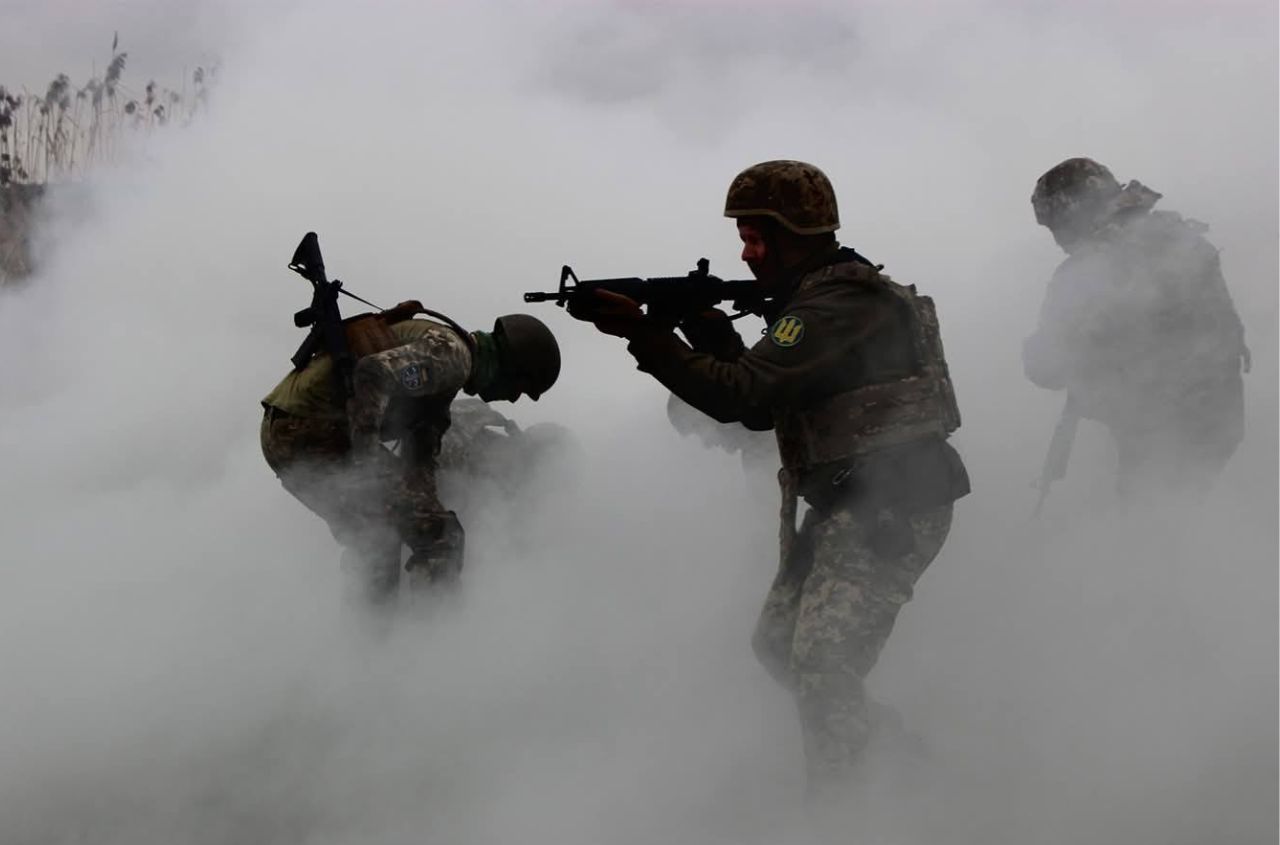On June 1, Ukraine conducted a large-scale, simultaneous series of drone strikes targeting multiple air bases within Russia. Sources within Ukraine’s Security Service (SSU) informed various media outlets that the SSU carried out widespread first-person view (FPV) drone attacks against four Russian air bases. According to these SSU sources, the strikes hit Belaya Air Base in Irkutsk region; Olenya Air Base in Murmansk region; Dyagilevo Air Base in Ryazan region; and Ivanovo Air Base in Ivanovo region.
The SSU confirmed that Ukrainian drone operators successfully targeted 41 Russian strategic bombers, including A-50 long-range radar detection aircraft and Tu-95 and Tu-22M3 strategic bombers — key fixed-wing planes Russia uses for detecting Ukrainian air defenses and launching cruise missile attacks on Ukraine. The operation reportedly inflicted approximately $7 billion worth of damage on Russia.
The SSU sources detailed that the operation involved transporting the FPV drones into Russian territory covertly, storing them inside trucks with retractable roofs parked near the targeted air bases, and remotely opening the truck roofs to launch the drones. Ukrainian President Volodymyr Zelensky later confirmed that 117 drones were used, destroying 34 percent of Russia’s strategic cruise missile carriers. Zelensky also noted that Ukrainian operatives who assisted in the mission were withdrawn from Russia prior to the strikes.
The Russian Ministry of Defense (MoD) acknowledged that Ukrainian FPV drone strikes hit air bases in the Irkutsk and Murmansk regions, causing several aircraft to catch fire. The MoD claimed that Russian forces successfully repelled strikes on air bases in Ivanovo, Ryazan, and Amur regions. Russian opposition outlet Mediazona reported that Ukrainian forces planned strikes against an air base in Amur region, but a truck carrying FPV drones near the Ukrainika Air Base caught fire before the drones could be launched.
Ukraine continues to innovate in drone technology and tactics to maintain operational surprise and effectively target Russian military infrastructure deep behind the frontlines. The SSU’s ability to launch FPV drones close to Russian air bases likely helped these drones evade Russian electronic warfare systems and reduced the defenders’ response time. The use of semi-trucks to launch drones inside Russian territory enabled strikes deep in Russia’s rear, marking the first drone strike during the war on a target in Siberia. By deploying smaller FPV drones instead of larger long-range drones, Ukrainian operators maximized surprise, inflicted greater damage, and limited Russia’s reaction window.
This drone strike operation may at least temporarily constrain Russia’s ability to conduct long-range drone and missile strikes into Ukraine. The June 1 strikes targeted aircraft Russia uses to launch cruise missiles and airborne early warning and control (AEW&C) systems critical for detecting Ukrainian air defenses and coordinating Russian fighter jet attacks. Russia frequently deploys Tu-95 and Tu-22M3 bombers to launch Kh-101/Kh-555 and Kh-59/69 cruise missiles against Ukraine. The downing of Russian A-50 aircraft has previously limited Russian aviation activities over Ukraine. This latest operation will likely force Russia to redistribute its air defense assets over a wider area and possibly deploy mobile air defense units capable of faster response to similar Ukrainian drone strikes.
Russia will likely face difficulties replacing the damaged aircraft. Forbes reported in September 2023 that a single A-50 aircraft costs around $500 million. The Kyiv Independent noted on June 1 that Russia has fewer than 10 operational A-50s. Ukrainian military analyst Yuriy Butusov stated that some of the destroyed strategic aircraft are no longer produced by Russia. A Kremlin-affiliated military blogger claimed Russia no longer manufactures chassis for the Tu-95 and Tu-22 bombers, making replacements impossible. The Economist estimated Russia has fewer than 90 operational Tu-22, Tu-95, and Tu-160 bombers combined. Recent reports suggest Russia increasingly relies on Sukhoi aircraft — rather than strategic bombers — to launch cruise missiles, likely reflecting concerns over its limited strategic bomber fleet.
Russian state media and pro-Kremlin military bloggers have framed Ukraine’s strikes as threatening Russia’s nuclear stability and justified calls for nuclear retaliation. Moscow-based outlet Moskovsky Komsomolets cited Russian political scientist Sergei Markov claiming the strikes justify nuclear weapon use under Russia’s nuclear doctrine, as they targeted Russia’s strategic nuclear capabilities. Numerous Kremlin-affiliated bloggers echoed this rhetoric, calling for nuclear response against Ukraine. Throughout the war, Russia has used nuclear threats to deter Western support for Ukraine and limit Ukraine’s strike capabilities. Russia’s updated nuclear doctrine, signed by President Vladimir Putin in November 2024 after the U.S. approved Ukraine’s long-range strikes, appears intended to pressure Western policymakers to reduce aid. However, assessments by the Institute for the Study of War (ISW) suggest these doctrinal changes do not represent a major shift in Russia’s nuclear posture, and actual nuclear use in Ukraine remains unlikely.
Ukraine has previously destroyed Russian strategic bombers and carried out long-range strikes on Russian air bases and production facilities, demonstrating continued capability to hit critical military targets deep inside Russia.




















